white paper
Hospitality labor demands smarter, not optional, shift management
Inside the data, trends, and tools shaping the future of shift-based workforce strategy
August 6, 2025
Introduction: The hospitality workforce has reached a breaking point
The hospitality industry thrives on service — real-time, high-touch, and deeply human. Yet in 2025, staffing that service has become the sector’s greatest vulnerability.
Staffing shortages have become the defining operational challenge across the hospitality industry. Despite surging demand in travel and tourism, the workforce hasn’t returned to pre-pandemic levels. High turnover, burnout, and shifting labor expectations continue to erode staffing reliability.
Traditional workforce models aren’t built for this level of volatility. Operators now need a new approach — one that’s agile, data-driven, and designed specifically for the complexities of shift-based environments.
76% of hotels remain understaffed. 72% can’t fill open roles.
The state of hospitality staffing in 2025
Even as travel rebounds and demand soars, the hospitality sector hasn’t recovered its workforce.
Staffing remains below pre-COVID levels
Staffing remains below pre-COVID levels. In the US, the Chamber of Commerce reports the sector is still missing 30% of its workforce and experiencing one of the highest quit rates across all industries.
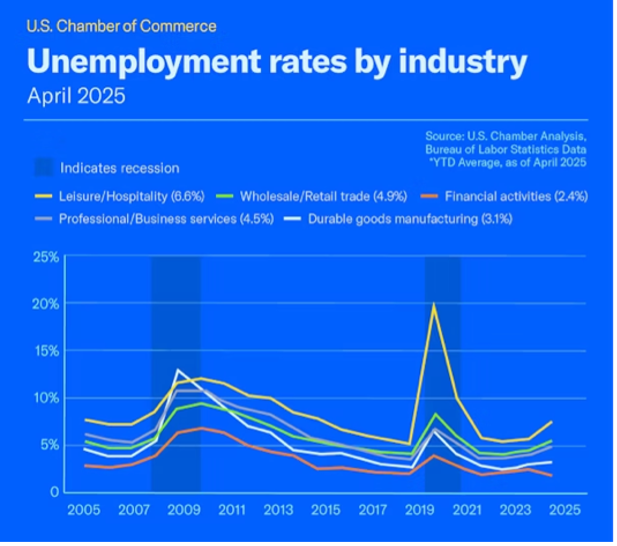
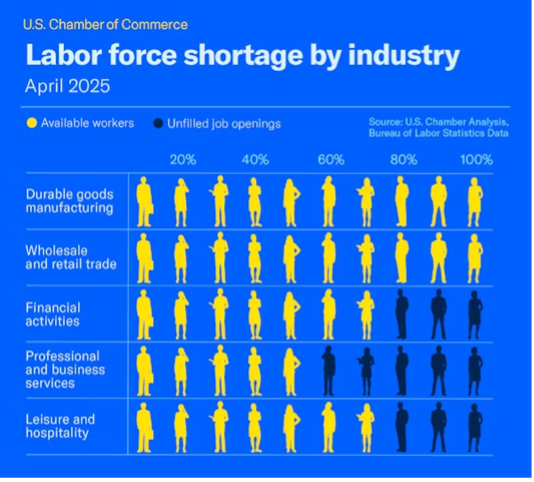
As of April 2025, the U.S. hospitality sector is only operating at 70% of its pre-pandemic labor force, with the highest quit rate across major industries.
Widespread shortages and burnout
Turnover is destabilizing operations. In the UK, 53% of hospitality managers say burnout and staff shortages are hurting morale. In the US, 76% of hotels remain understaffed, and 72% can’t fill open roles.
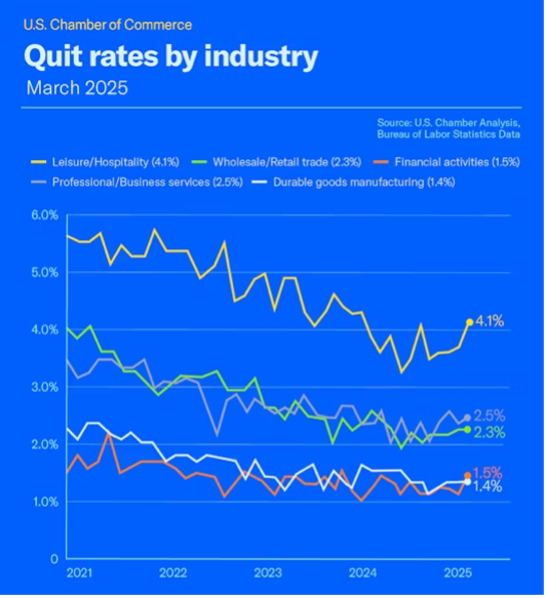
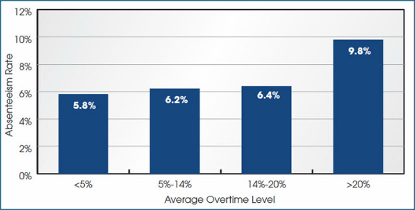
Interrelationship between the absenteeism rate and overtime percentage. (Source: Aguirre & Moore-Ede, "Shiftwork Practices", 2007
The true cost of unfilled shifts and overtime
Inconsistent staffing doesn’t just lead to operational gaps – it creates cascading costs.
Overtime may seem like a quick fix for staffing gaps, but it’s a long-term cost center with hidden costs that add up fast. Financially, the impact is immediate — overtime labor typically costs 1.5 to 2x the standard rate, inflating service delivery expenses with every extended shift.
If hospitality workers are required to work extended hours, fatigue inevitably sets in, leading to a decline in productivity and an increased risk of errors — both of which can significantly impact the guest experience.
Over time, this sustained strain contributes to higher rates of burnout and absenteeism, placing additional pressure on an already limited labor force.
When unexpected absences occur, local leaders are often forced to choose between compromising service quality or requesting additional overtime from an already overextended team.
Neither option is sustainable for long-term operational success. A more effective strategy is to adopt a proactive approach to workforce management.
Every unfilled shift ripples downstream — to overworked teams, increased attrition and guest complaints.
The way forward: building a more resilient hospitality workforce
To move forward, hospitality leaders must rethink how to augment the workforce using non-employees.
Embrace Technology
Modern hospitality operations demand smarter tools. Scheduling platforms and analytics are enabling operators to forecast and fill labor needs with far greater accuracy. These tools enable managers to account for seasonality, local events, and past attendance trends, and plan accordingly.
For example, on the JoinedUp by Beeline platform, the average time to fill a shift through external workforce is 23 hours and confirmed no-show rates drop to as low as 0.5%, thanks to automated, three-way confirmations between hiring managers, suppliers, and workers.
Address No-Shows with Real-Time Visibility
Unplanned absences remain one of the most disruptive staffing challenges in hospitality. Industry-wide no-show rates hover between 5% and 15%, forcing managers to either reduce service or incur expensive last-minute coverage. But it doesn’t have to be this way. Data from 15 months of JoinedUp usage shows that clients using real-time attendance tracking and automated shift redistribution have an average no-show rate under 2%. When managers can see what’s happening as it happens — and take immediate action — they turn disruption into recoverable moments instead of operational crises.
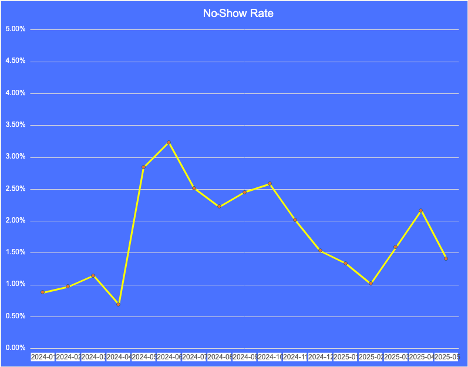
No-show rates for customers using JoinedUp.
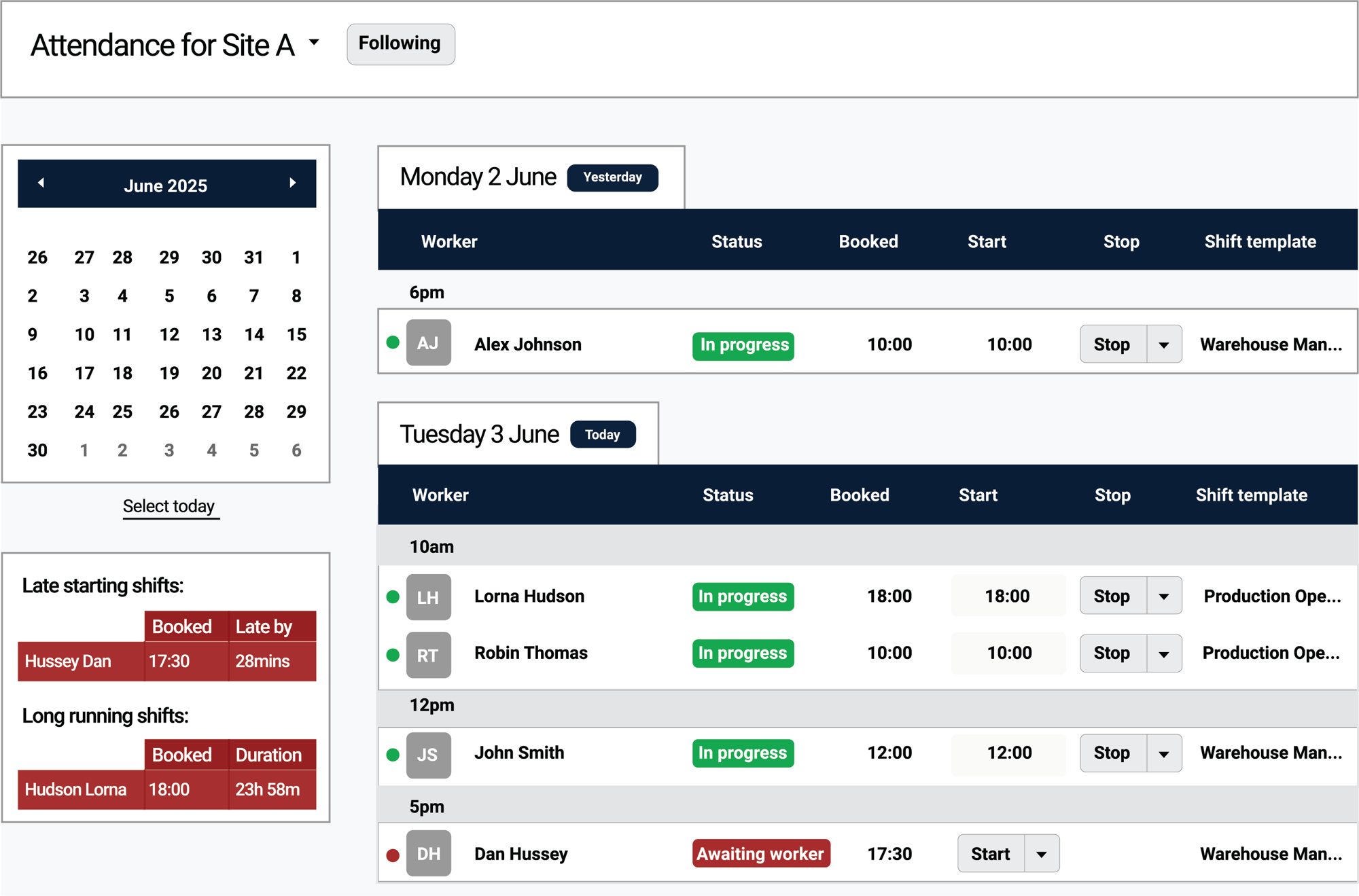
Real-time attendance tracking in JoinedUp allows shift managers to distribute no-shows instantly across suppliers, minimizing productivity loss.
Control overtime spend
Overtime is a predictable outcome of understaffing, especially during peak seasons. But analysis of JoinedUp platform data raises an important question: how much of this overtime is truly necessary?
Not all overtime is necessary – and most isn’t optimal. Data shows much of it could be offset through supplier networks and pre-emptive fulfillment.
While some roles may require niche expertise and be harder to fill externally, many overtime hours could be replaced with properly sourced contingent labor. The data suggests that tapping into a broader supplier base (before resorting to overtime) could help control labor costs without compromising coverage
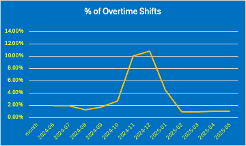
Overtime shifts on the JoinedUp system.
Improve operational efficiency
Beyond staffing, modern shift management solutions are also transforming back-office operations. Companies using JoinedUp have reduced shift planning and fulfillment cycles from 26 hours per week to just 8, giving teams more time to focus on quality, training, or real-time adjustments.
Crucially, finance automation has an outsized impact. With payroll and invoicing processes integrated into the shift system, some clients report up to 84% reductions in back-office labor needs — a major efficiency gain in a tight labor market. For companies navigating tight margins, these efficiency wins are margin savers.
Conclusion: A defining moment for hospitality workforce strategy
The hospitality industry stands at a critical inflection point. The challenges facing shift-based employers represent a structural shift in how hospitality work gets done. But with every crisis comes a moment to reset.
As this report shows, the tools exist to manage shifts. And forward-looking businesses take advantage of them.
| Shift planning | Shift results |
|---|---|
| No-shows | No-show rates under 2.5% during peak season |
| Overtime usage | Average overtime rate of 3.6% |
| Back office | Up to 84% reduction in ack office staffing requirements |
-
No-shows
- Shift results
- No-show rates under 2.5% during peak season
-
Overtime usage
- Shift results
- Average overtime rate of 3.6%
-
Back office
- Shift results
- Up to 84% reduction in ack office staffing requirements
Summary of value for JoinedUp clients.
For operators still relying on outdated systems and reactive scheduling, the risks will only compound. But for those willing to rethink their workforce model, hospitality’s next chapter can be more stable, efficient, and human-centered than ever before.
This may be the moment where shift staffing becomes a strategic asset – not a constant fire to put out.
